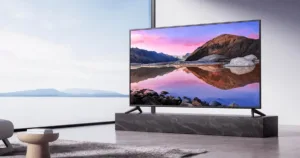According to Aluma Insights, in the early days of connected TV, consumers used various bridge devices to connect high-speed internet services to home televisions. However, as costs decreased, smart TV penetration increased, and today, nearly all of the 64% of broadband households with smart TVs have them connected directly to the internet. Interestingly, 39% have a smart TV in their primary bedroom, and 22% have one in a second bedroom. This trend is part of a migratory pattern in which the newest, most feature-laden TV goes to the living room, while the previous one moves to the primary bedroom and so on, diminishing the use of bridge devices to watch streaming video in all rooms of the home.

One surprising finding from Aluma’s latest SVOD research is that mobile devices and PCs account for 9% of streaming TV viewing, exceeding that of game consoles, which account for only 6%, down from 26% in 2015. Notably, this matches OTT viewing on pay TV set-top boxes.
Age is a significant factor in how SVOD users partition their TV streaming. Smart TVs account for 53% of TV streaming among adults aged 45 and above, but only 39% among 18-24 year-olds. The contribution of game consoles to TV streaming is highest among 18-34 year-olds (15%) and lowest among those aged 65 and above (1%). Pay-TV set-top boxes are most significant among SVOD users aged 65 and above (15%) and least among 18-35 year-olds (3%). On the other hand, PC and mobile TV connections account for 17% of TV streaming among 18-24 year-olds and are least among those aged 45 and above (6%).

